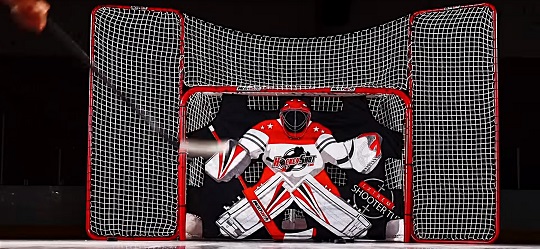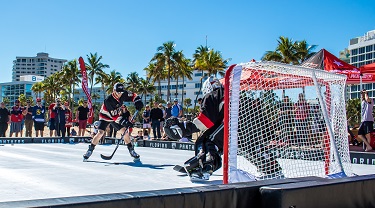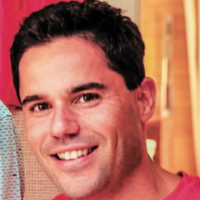When my father and I started HockeyShot, a company focused on training hockey players, we didn’t have our sights set on international markets. We simply shared a passion for hockey and wanted to help other players develop their skills using our specialty products, including synthetic ice tiles, passing kits and stickhandling trainers. But once we gained traction on our website and people from all over the world became interested in our products, we took steps to prepare HockeyShot for an international audience. Here’s what we learned along the way:
1. Focus on building your brand
To spread the word about HockeyShot and drive traffic to our website, we posted free hockey tips. We wanted to be authentic with our audience to make sure they understood that our mission was to help hockey players succeed and improve their skills. From there, we started working with influencers in the hockey world who helped to elevate our brand and amplify our reach. We expanded the tips on social media, creating contests to encourage our customers to share photos of themselves using their HockeyShot products.
Since our products are primarily sold online, it was important for us to create different websites for our Canadian, American and European audiences. That way, we could tailor our marketing for each audience and curate content that resonated with them. This allowed us to have a consistent brand, but still one that was targeted to each market we wanted to penetrate.
2. Be protected and informed
When you want to take your Canadian product to other markets, one of the most important things to do is to protect yourself. When we decided to export, we knew we had to get the trademarks in place, not only on our products, but on our brand as well.
We also wanted to get as much information about each market we entered. For example, we read a lot about the Canada-United States-Mexico Agreement (CUSMA) when accepting a purchase order from Mexico. The fact that there were no duties for us to sell to Mexico made it an ideal export location. We also took into consideration its close proximity to Canada: shipments only take a couple of days.
I would also recommend going to see the country where you’re planning to export, so you can get a feel for the markets. We took advantage of trade missions with agencies, like the Trade Commissioner Service. The trade missions allowed us to go and see what the market is all about and create contacts with local partners.
3. Find the right partner
Speaking of partners—we’ve found them to be integral to our growth. When you’re navigating a new country, it’s impossible to do it on your own. When we wanted to open a distribution centre in the Netherlands, we just took a leap of faith because at that time, we only had a small volume of orders coming from Europe. We decided to reach out to a logistics company outside of Amsterdam to ask if we could store our products in their warehouse to better serve European customers. They could have easily said no, but they took us on and since then, we’ve continued to see growth in Europe. Having that warehouse has allowed to ship our product much faster. Having a trusted partner allows you to focus on areas of the business where your expertise lies.

4. Adapt to different markets
One of the ways we adapt to different markets is by tailoring our marketing to the audience we’re targeting. For example, we’ve found that purchasing traditional ads in hockey magazines in California has worked well for us because that part of the U.S. has shown a growing interest in the sport. We also leverage our partnership with the National Hockey League’s (NHL) Los Angeles Kings in the ads, so our target audience associates us with a more recognizable brand.
In Finland, we take a different approach. We use NHL player Aleksander Barkov to help promote our products because he’s not only a professional athlete, but also a Finland native. He helps us reach that audience on a more personal level.
As a small business, we don’t have a large marketing team that can identify a new strategy for every market we tackle. When we have a new opportunity, we try to add a local flavour to it.
5. Be proud of where you come from
No matter where HockeyShot goes, we always remember where we came from. And although we have warehouses outside of Canada, our focus isn’t only on exporting. We think it’s important to keep the brand strong in Canada because it’s where we’re from, where we started and the home of hockey. With that in mind, we’ve built a showroom in Mississauga, ON. It’s in the heart of the Greater Toronto Area, home to some of the biggest hockey tournaments in the world. It allows us to meet with up-and-coming hockey players who are being scouted for professional leagues and who might be good brand ambassadors for us. The space is also used to create content with our influencers.
While we believe it’s important to go out and meet with people, exporting doesn’t always involve travelling to other countries. Sometimes, they come to you and you have to make sure you can welcome them in the right way.







